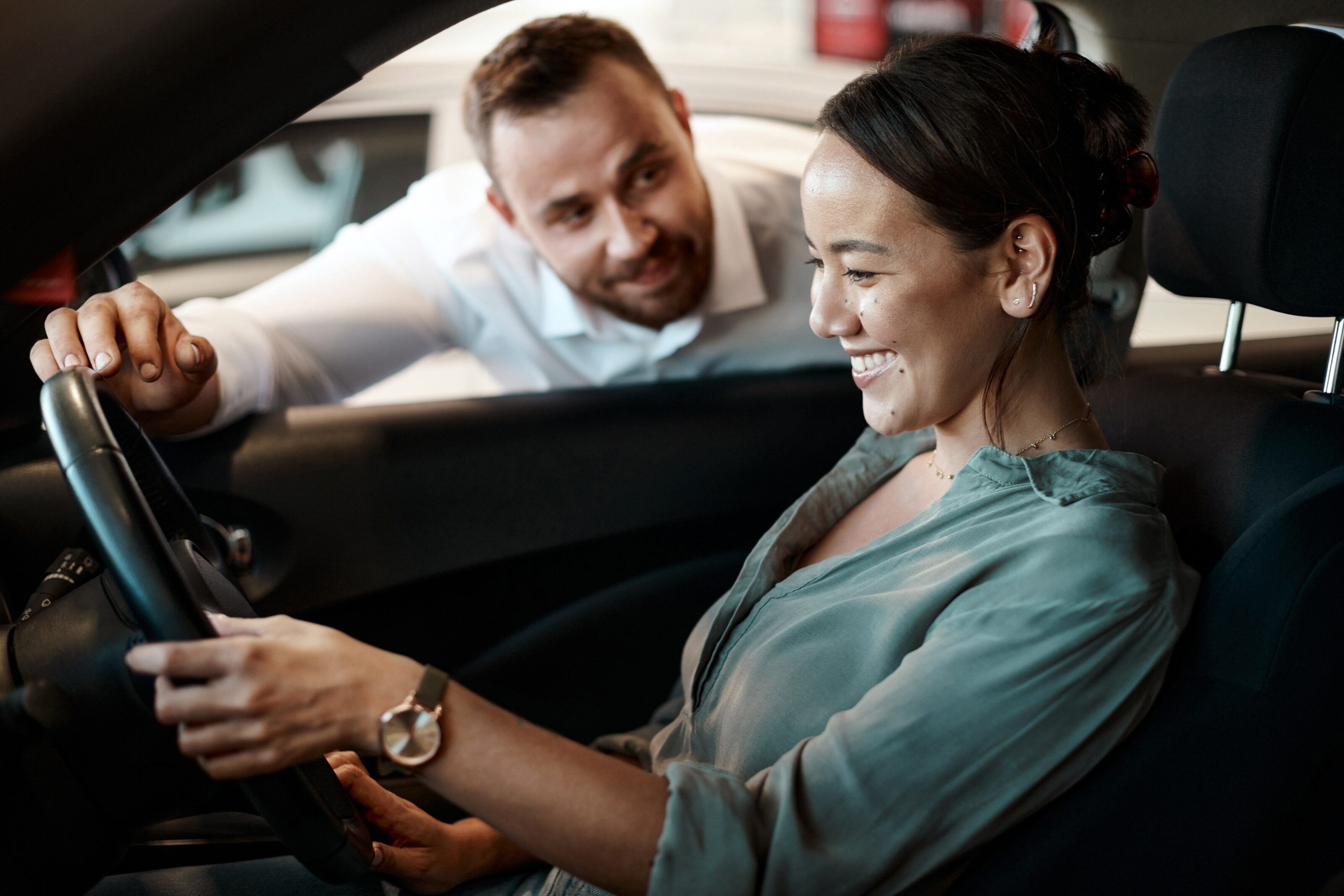Twice in the past month I’ve had emails from people who bought the wrong car.
I know this because they each confessed their mistake. One was complaining that the driver’s seat was massively uncomfortable for her when she ventured beyond her daily commute, and the other admitted there was not enough space inside for his kids and all their stuff.
One was going to live with the mistake while the other intended to take a giant financial hit and switch cars. Neither was happy with their sub-optimal outcome.

Yet, as I advised them, it would have been easy to avoid their mistake by using one of the most basic and old-school methods in motoring – a test drive. Online shopping might be great for a quick dinner delivery, and only a small risk for a sub-$100 impulse buy, but it’s not the way to purchase a new car.
Yes, the interweb can supply you with all the basic facts and figures, then even calculate the all-important drive-away pricing. But… how does it look, how does it feel, will the kids and their stuff fit in the back? Is it better or worse than what you are already driving, and how does it compare against the other shiny newbies in the car world?
A test drive – or two – should answer every question. Just as it does for the team at Wheels.
The basic process is always the same and, like every major purchase in your life, should begin with research.
Firstly, set the budget. Then the size. Then a couple of potential makes and models. Colour should come last. When it’s time to start the test drives, never go alone. If it’s going to be a family car, take the family. Even if it’s just a car for one, a second opinion never hurts.

Start the test drive the way a pilot would begin – with a walk-around – and then begin in… the boot. That’s where you discover if there is a spare tyre, how much space is available – don’t forget to fold the back seats – and how easy it is to load and unload. Move forward through the back seat, having a serious sit and a good look around. Are there air vents, USB sockets and easy- to-use seat belts? What is the view like?
The best measure of space is to set the driver’s seat in your normal position, then sit behind ‘yourself’. How good’s the legroom now?
Finally, jump into the front and do not be distracted – or impressed – by ‘all the bells and whistles’. Virtually every car has them now, even if a giant infotainment screen is massively advanced compared with the basic radio display in your 20-year-old runabout. Check the view, operate the controls, settle into the seat, get a briefing on the standard driver-assistance systems – so you can anticipate any bings, bongs, bells or flashing lights – and head out.
You should be driving on a road you know, for a genuine assessment of the comfort, the ride quality and the cabin noise. Do not be blustered into a five-minute race around the block, often in the top-line model and not the one you had in mind to buy.
When you are serious about buying, demand extra time and go to a shopping centre you know. How easy is it to park and see out of, and how is the loading and unloading?
Finally, drive it home, park it in the driveway, see if it fits comfortably in the garage – you might be surprised – and if you walk out the front door and it makes you smile, then it’s a winner.
This piece first appeared in the May issue of Wheels, on sale now.




